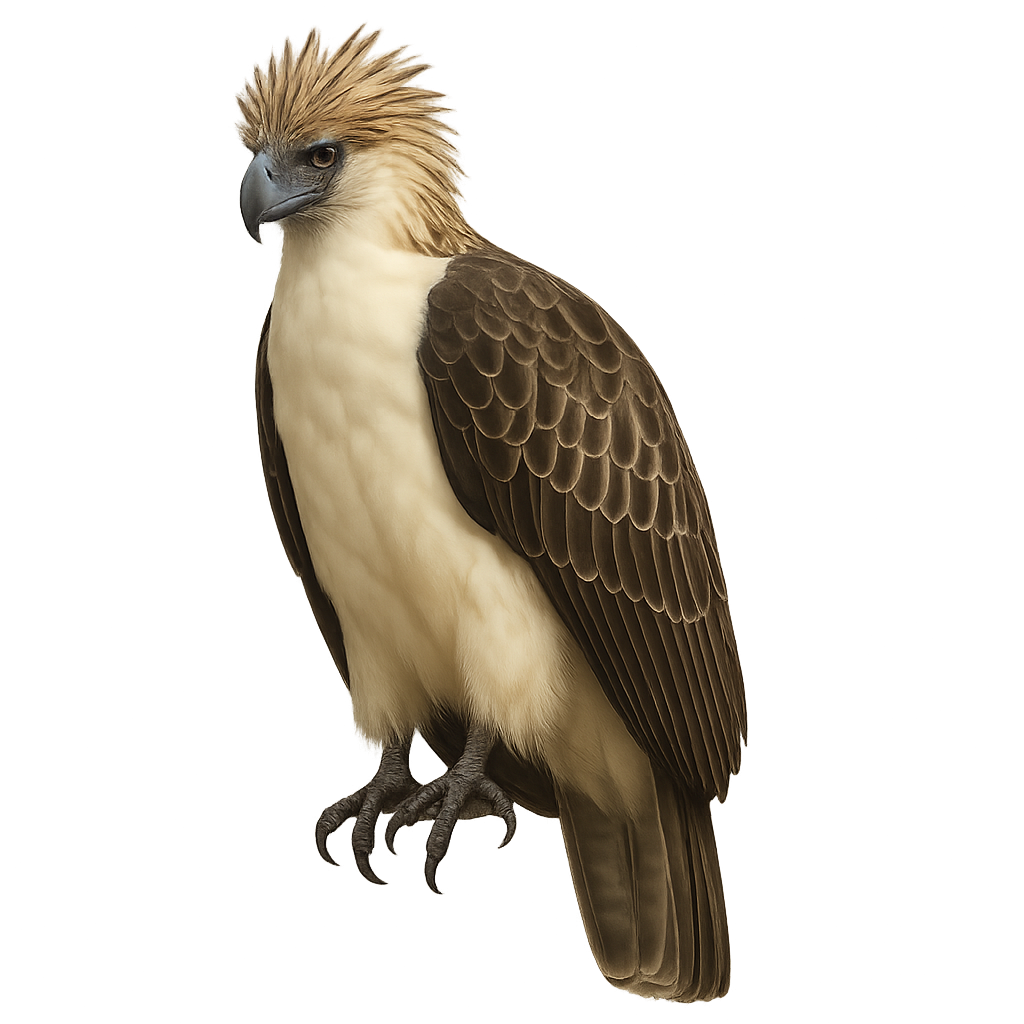Your wildlife photography guide.
Explore the philippine eagle in detail, study its behavior, prepare your shots.
Where to observe and photograph the philippine eagle in the wild
Learn where and when to spot the philippine eagle in the wild, how to identify the species based on distinctive features, and what natural environments it inhabits. The WildlifePhotographer app offers tailored photography tips that reflect the philippine eagle’s behavior, helping you capture better wildlife images. Explore the full species profile for key information including description, habitat, active periods, and approach techniques.
Philippine eagle
Scientific name: Pithecophaga jefferyi

IUCN Status: Critically Endangered
Family: ACCIPITRIDAE
Group: Birds
Sensitivity to human approach: Suspicious
Minimum approach distance: 20 m
Courtship display: July to September
Incubation: 58–60 jours
Hatchings: September to November
Habitat:
Tropical rainforests, mountains
Activity period :
Primarily active during the day, with peak activity in the morning and late afternoon.
Identification and description:
The Philippine eagle is one of the largest eagles in the world and the national emblem of the Philippines. This majestic raptor is recognizable by the plume crest on its head and its piercing gaze. It primarily lives in the tropical forests of the Philippine mountains, where it hunts primates, reptiles, and other small mammals. Due to massive deforestation and hunting, the Philippine eagle is now considered critically endangered. Its population has drastically declined in recent decades, and conservation efforts are underway to protect this unique species.
Recommended lens:
500 mm – adjust based on distance, desired framing (portrait or habitat), and approach conditions.
Photography tips:
Photograph the Philippine eagle from a distance using a telephoto lens to capture the details of its crest and piercing gaze. As this eagle is very shy, it is best to photograph it at dusk or dawn when it is most active. Be discreet and patient, as it can be easily frightened if you approach too closely.
From knowledge to field practice
A species profile helps you understand an animal. In the field, the challenge is often different. Remembering your own observations.
The WildlifePhotographer app allows you to:
• record your personal observations
• note locations, dates, and behaviors
• revisit your field references over time
• build a private and long-term field logbook
The app does not provide observation locations.
It helps you organize what you actually observe, with respect for wildlife.

